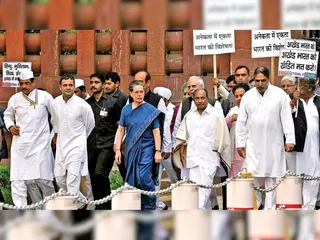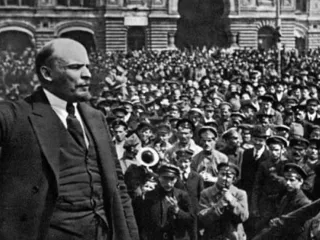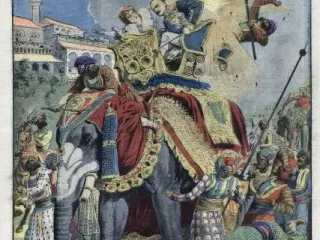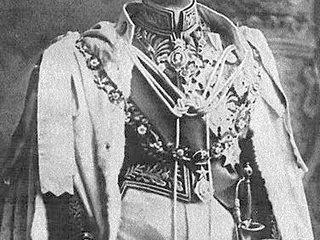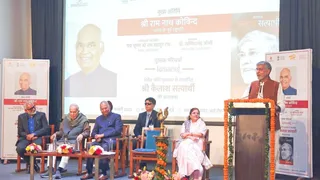The Home Rule Movement was a significant political campaign in Ireland during the late 19th and early 20th centuries, advocating for self-government within the United Kingdom. Driven by a growing sense of Irish nationalism and dissatisfaction with British rule, the movement spanned decades, marked by both significant progress and frustrating setbacks. Its legacy continues to shape Irish identity and the complex relationship between Ireland and Great Britain.
The Rise of Nationalism: The movement's roots lay in the increasing desire for Irish autonomy. Factors contributing to this included resentment over British land policies that disadvantaged Irish tenant farmers, the perceived economic exploitation of Ireland, and a burgeoning sense of Irish cultural and national identity. Figures like Charles Stewart Parnell, leader of the Irish Parliamentary Party (IPP), emerged as powerful voices, pushing for legislative reform within the British Parliament.
The Irish Parliamentary Party and Constitutional Nationalism: Parnell and the IPP pursued a strategy of constitutional nationalism, aiming to achieve Home Rule through legal and parliamentary means. They focused on securing legislation granting Ireland a degree of self-governance while remaining part of the United Kingdom. Their efforts gained momentum, leading to the introduction of several Home Rule bills in the late 19th and early 20th centuries.
Setbacks and Divisions: Despite initial successes in raising awareness and gaining support, the Home Rule Movement faced numerous obstacles. Opposition from conservative Unionists in both Ireland and Great Britain, who feared the disintegration of the United Kingdom, proved a major challenge. Internal divisions within the Irish nationalist movement itself also hampered progress. The bitter split between Parnellites and anti-Parnellites in the late 1880s weakened the movement's overall effectiveness.
The First World War and its Aftermath: The outbreak of World War I in 1914 significantly impacted the Home Rule movement. The British government, preoccupied with the war effort, suspended the implementation of the Home Rule Bill passed in 1914. This suspension fuelled further frustration and resentment amongst Irish nationalists, contributing to the rise of more radical movements like Sinn Féin.
Sinn Féin and the Path to Independence: Sinn Féin, a republican party advocating for complete Irish independence, gained significant traction in the post-war period. The failure of the Home Rule Movement to achieve its goals, coupled with the perceived betrayal during the war, shifted public opinion towards a more radical approach. The 1916 Easter Rising, though ultimately unsuccessful militarily, further galvanised the republican cause and accelerated the movement toward independence.
Legacy: The Home Rule Movement, despite ultimately failing to achieve its original goal of Home Rule within the United Kingdom, played a crucial role in shaping Irish history. It fostered the growth of Irish nationalism, contributed to the development of distinct Irish political ideologies, and laid the groundwork for the eventual establishment of the Irish Free State in 1922 and later, the Republic of Ireland. The movement's struggles highlighted the complexities of national identity, the limitations of constitutional politics, and the powerful forces that drive movements for self-determination.







